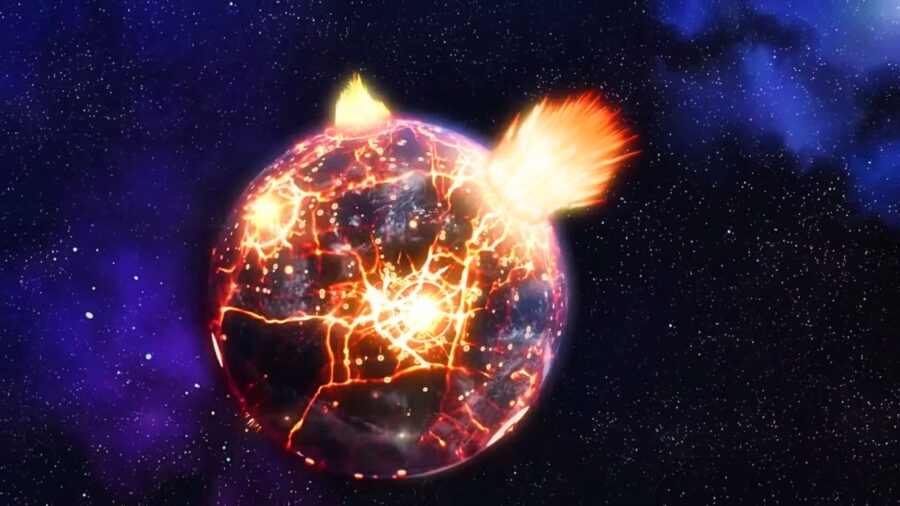Science Says Earth Is Dangerously Close To Total Chaos
New research says that Earth has reached a point of no return in terms of climate control.

What if it’s the end of the world and we didn’t know it? That is a possibility being put forth by a team of physicists at the University of Porto in Portugal who have been studying the effects of human activity on Earth’s climate. According to Science Alert, these researchers discovered that while we might be able to attain “climate stabilization at a higher average temperature point than what we have now,” the planet could also succumb to “chaotic behavior” that would make future climate events unpredictable and make it nearly impossible to stabilize the climate.
The details of the team’s research concerning Earth’s climate were actually published a little over a year ago on arXiv preprint server, but it hasn’t yet been peer-reviewed. But if these dire predictions for the planet and the climate are true, we may be rapidly nearing a tipping point where we either fight back against climate change or give up on trying to stop it. As for the predictions themselves, they were made according to a theory originally used to model superconductivity.
The Ginzburg-Landau theory was originally designed to model superconductivity, and this new team decided to apply this model to Earth’s geological epochs. One such epoch is the Holocene, which is the phase the planet entered into about 11,700 years ago.
Now, an increasing number of scientists have declared that we are in a new epoch known as the Anthropocene which is defined by all of the human activity making major changes to the Earth.
How do the Holocene and the Anthropocene tie into a superconductivity model, though? And how does this help us understand anything about climate development? Once these physicists decided to use the superconductivity theoretical model, they “applied it to the Anthropocene based on temperature, starting at a Holocene equilibrium point.”
In short, by learning more about our past phase transition from Holocene to Anthropocene, they could better predict what the future would look like when it came to Earth’s changing climate.

The results were a bit grim. The best-case scenario is that we stabilize the climate in the near future before it gets further out of hand. But at this point, such stabilization would still mean we end up with an Earth at a much higher temperature than it should actually have.
Current heat waves have already frequently proven fatal to humans and animals, and between this and the unpredictable weather brought about by climate change, the “stable” future looks pretty miserable.
According to the team’s projections, the alternative is even worse. At some point, the Earth could exhibit “chaotic behavior” (and not the sexy Jurassic Park kind) if we don’t stabilize the temperatures in time. This could lead to an increase in fatally unpredictable weather events.
This would make it almost impossible to stabilize the temperature again, and it would also make it impossible for our current theoretical models to understand what happens next.
Ultimately, while the research team’s findings concerning Earth’s climate are frightening, they are not exactly surprising. This research paper adds to the growing scientific evidence from all quarters that mankind’s effects on climate change are out of control. And if we don’t start fighting for the future of our planet, then mankind won’t have much of a future left for ourselves at all.












